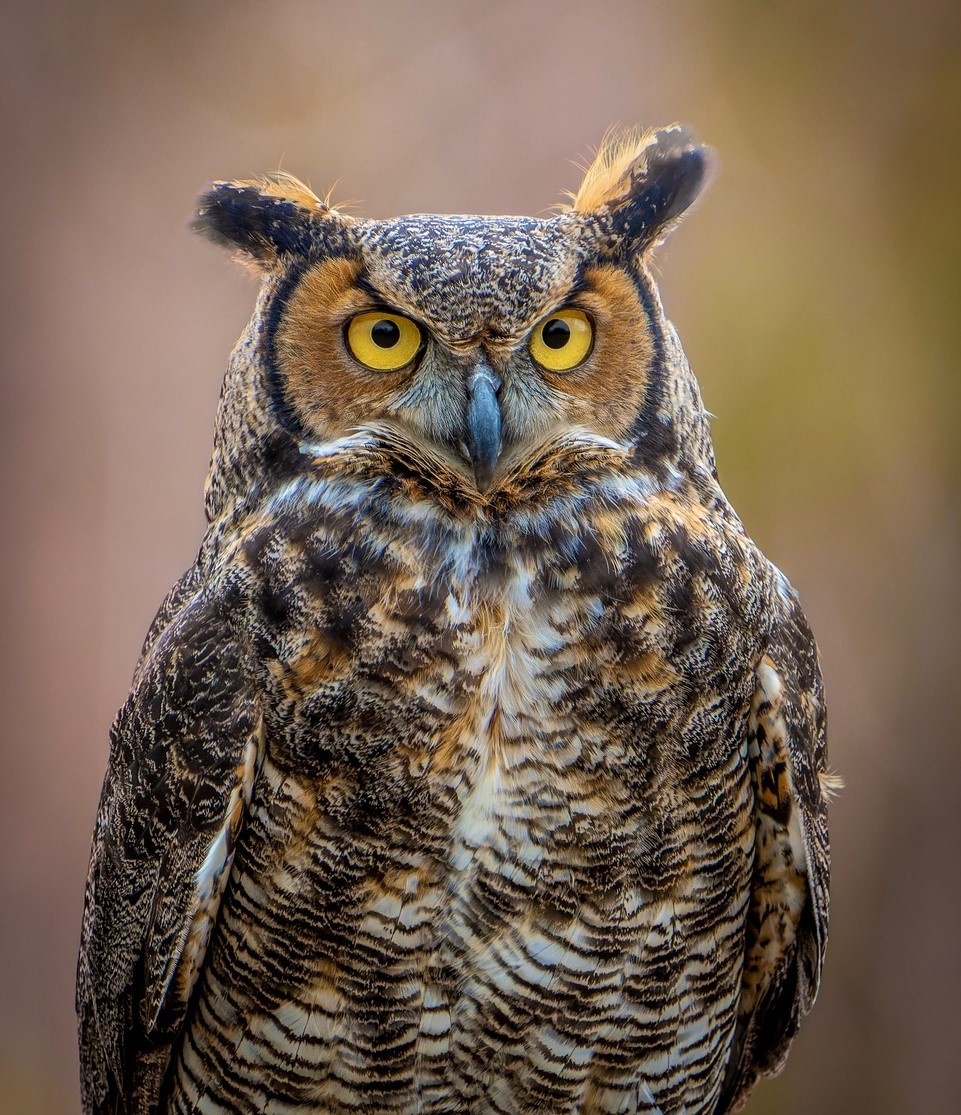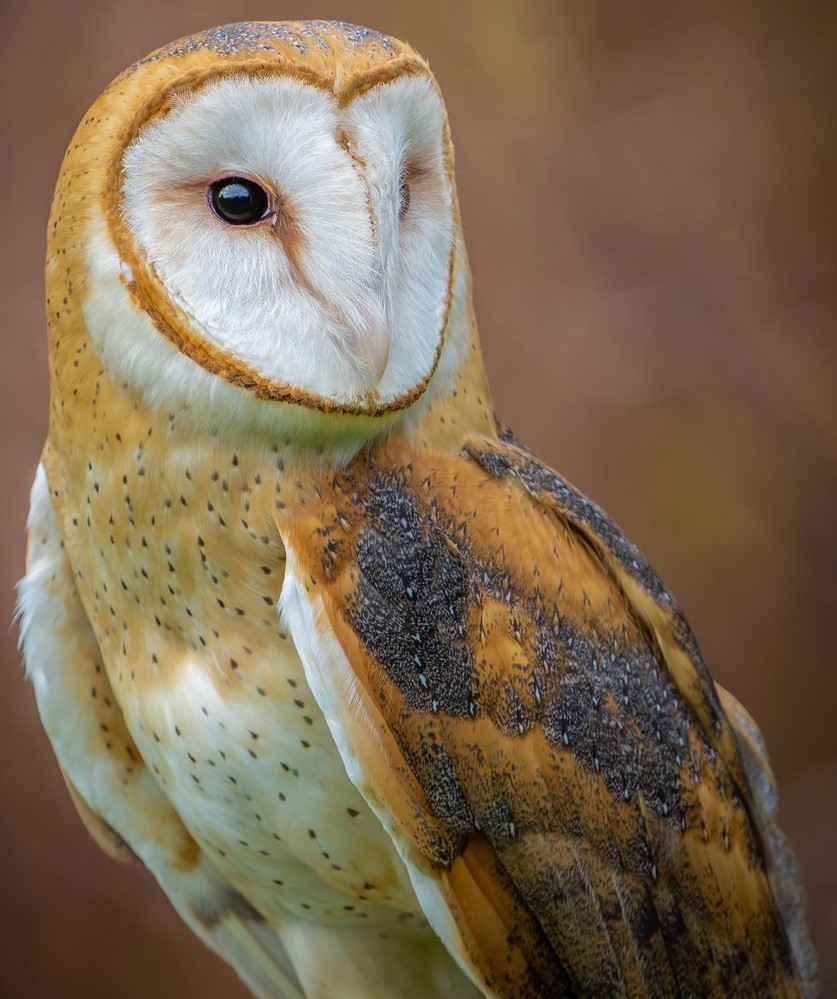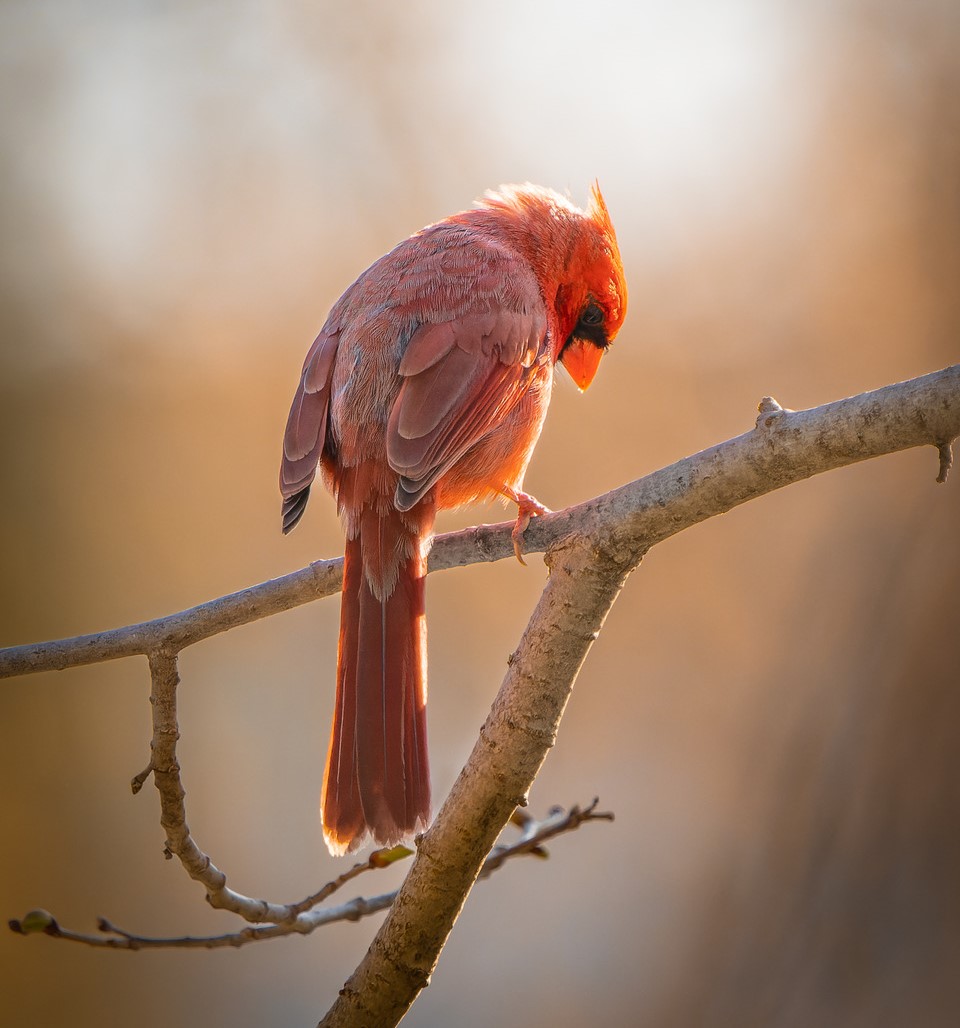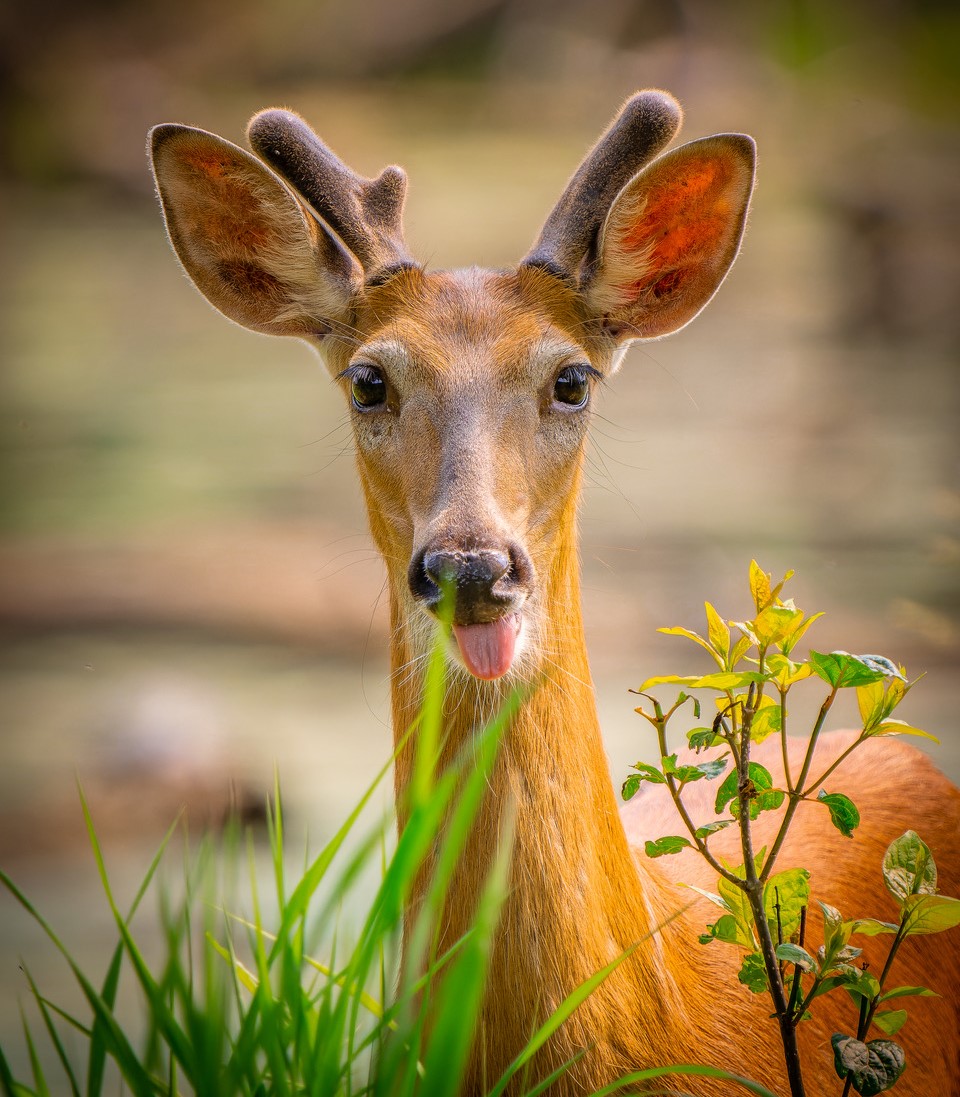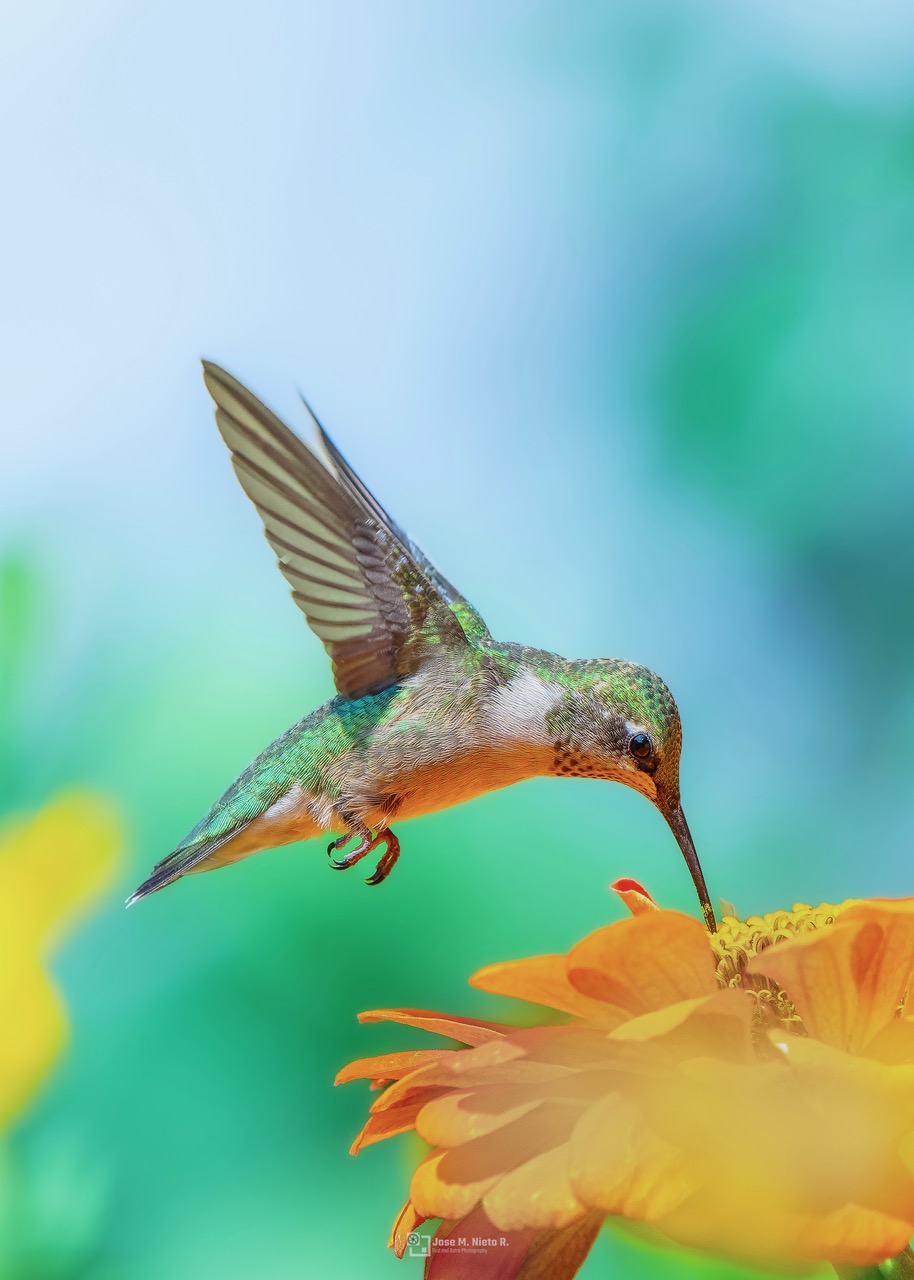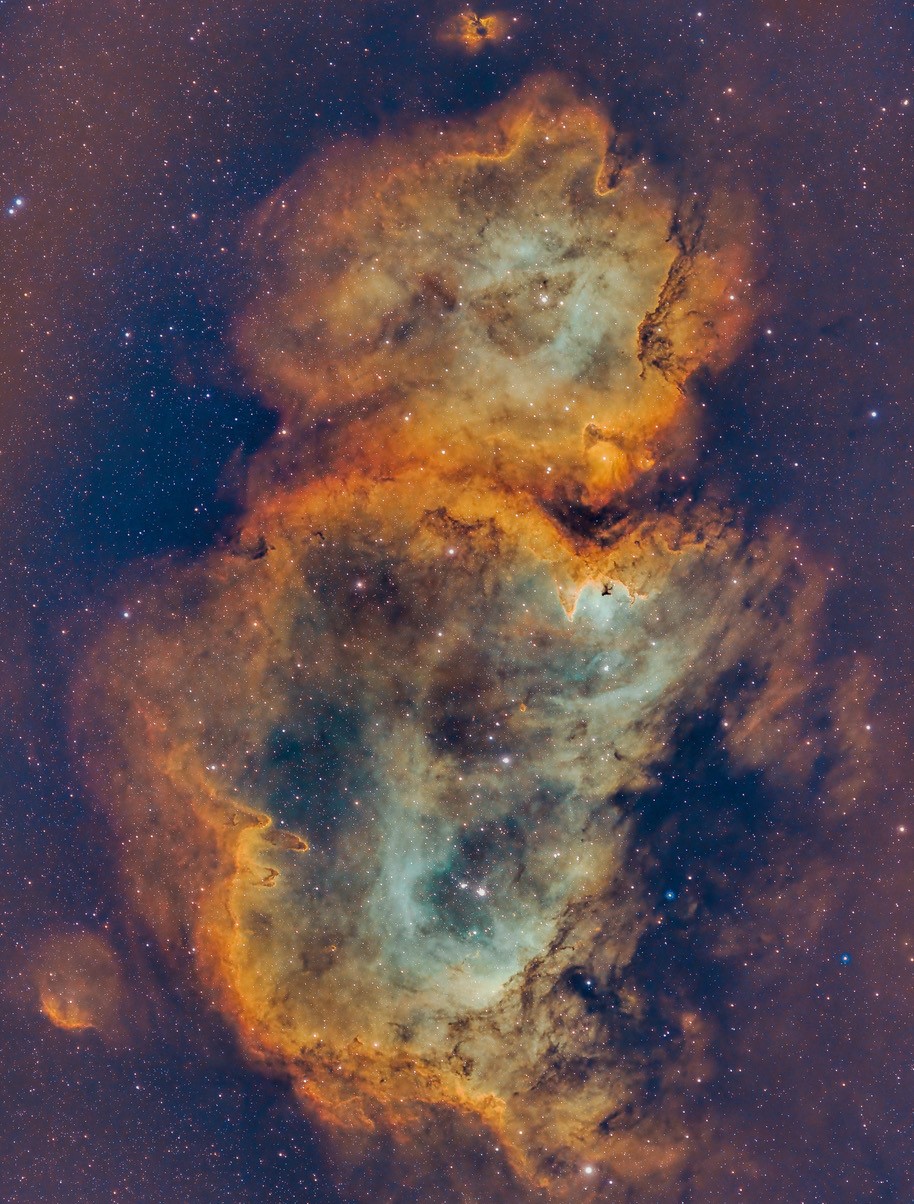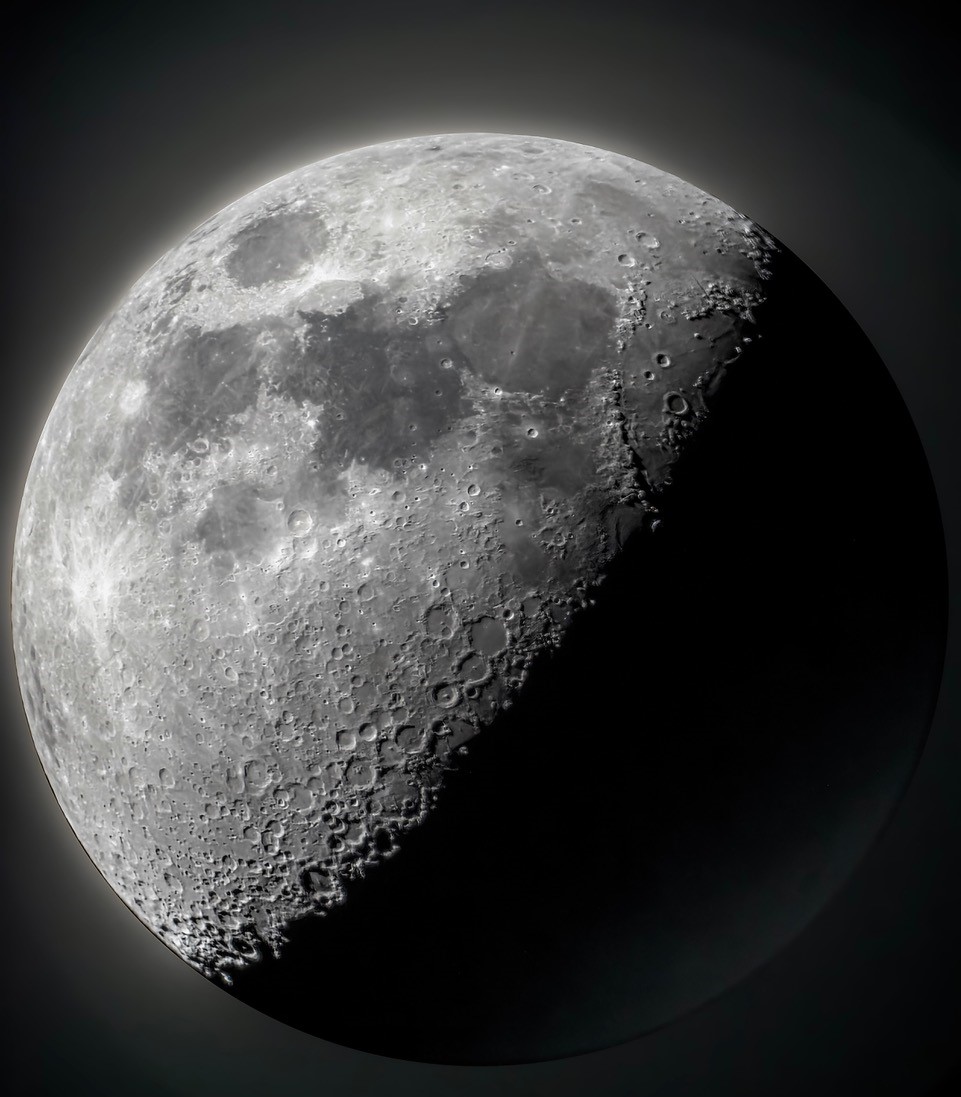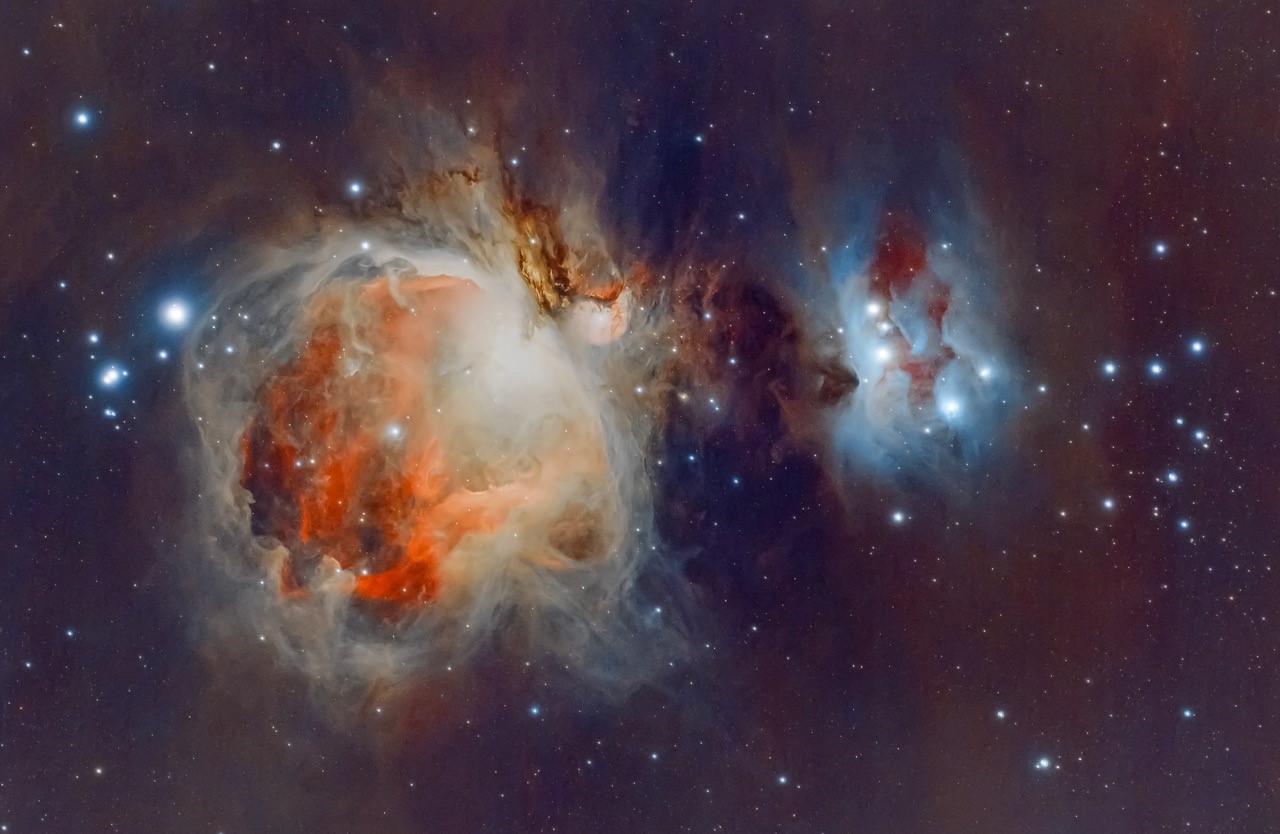
Fr. José Mario Nieto Restrepo uses his photography skills to teach theological lessons. (Photos courtesy of Fr. José Mario Nieto Restrepo)
By the very nature of his priesthood, Fr. José Mario Nieto Restrepo, associate pastor of four Racine parishes, deals with the divine and heavenly realm. He also has a photography hobby that seems to blend the ethereal into faith and life lessons.
Since the pandemic began in 2020, Fr. Restrepo has posted photos on Facebook he has taken of wildlife, or astrophotos consisting of various nebulae, planets and stars. He utilizes these opportunities to share the ways faith aligns with science. He eventually hopes to develop a virtual space that might be useful for those interested in integrating science with their faith journey.
Since he was a little boy, he was interested in astronomy and science. His dad was a mathematician and Fr. Restrepo embraced his love for science by majoring in engineering in college. Over time, he discovered photography was a great means to share his interests in the natural sciences and amalgamate them into discussions of faith.
“In terms of astrophotography, I find it especially exciting since a photo of a galaxy or nebula is a trip to the past,” he said. “All that light that can be gathered from a star, galaxy or nebula has been traveling for a long time and what we see is how it looked many years ago.”
A native of Cereté, Columbia, Fr. Restrepo was ordained May 17, 2014, in Milwaukee and has served in Racine since 2021.
Fr. Restrepo is the associate pastor at St. Patrick, St. Edward and St. Richard parishes. This summer, he received an additional assignment to serve Sacred Heart Parish as a shared associate pastor. He is a member of the Community of Saint Paul; its community house is in Racine, so he has been involved with the Racine community since 2009, when he came to study at Saint Francis de Sales Seminary.
While Fr. Restrepo’s photos appear to have been taken on a wildlife safari or by utilizing massive telescopes at an observatory, he snaps most of his wildlife photos in Wisconsin and he takes the astrophotos in his backyard with his telescope.
“Most of the wildlife pictures are from Lincoln and Colonial parks in Racine,” he said. “You would be surprised by the variety of birds that migrate through Wisconsin and all the birds that stay during the winter. Racine has a great combination of being close to the lake and plenty of wooded areas around the Root River.”
In addition to his postings on Facebook, Fr. Restrepo also offers lectures and retreats that complement his work and he said that each has two main objectives. The first disseminates information about the natural world from where we all get to know creation.
“What is very important as a part of this is to create consciousness about the responsibility we have as stewards of creation. I often share posts with a picture of a bird and how light pollution or deforestation is impacting and reducing its population,” he said. “Pope Francis especially reminds us of this responsibility that we have in his encyclical letter Laudato Si’. And not only that but acknowledging the responsibility we have also helps us understand how caring for the environment, nature and resources in general is indeed an act of social justice.”
According to Fr. Restrepo, the other objective is more devotional. He appreciates contemplation as a form of prayer, and he finds that others share a similar experience.
“Like in Psalm 19:1 ‘The heavens are recounting God’s glory, and the firmament is declaring the work of his hands,’” he explained. “When contemplating the stars, galaxies and nebulae, I can easily relate to the psalmist’s inspiration.”
Some believe integrating the Catholic faith and science is not compatible, but Fr. Restrepo disagrees. In the beginning, he thought some reconciliation was needed when dealing with the two, but he now realizes that is unnecessary.
“When we talk about reconciliation, we are talking about two opposites or at least two parts that need to give up something to create harmony. I now consider there to be integration,” he said. “We often have faith and science as opposites, or we just offer a contrast like they are independent or deal with unrelated issues, such as the famous sentence: science explains the how and faith the why.”
He explained integration is more of a dialogue that understands the contribution of each about the same issue and requires that we approach faith and science with humility and without fear.
“Integration also requires that we avoid the antagonizing or the use of one to prove/disprove the other and that we understand that the Church is not at war with the world,” said Fr. Restrepo. “Gaudium et Spes says that ‘if methodical investigation within every branch of learning is carried out in a genuinely scientific manner and in accord with moral norms, it never truly conflicts with faith, for earthly matters and the concerns of faith derive from the same God.’” (GS 36)
Fr. Restrepo hopes that through his photos, viewers will contemplate and appreciate creation.
“There is beauty in our world and the more we understand our responsibility toward it, the more we will enjoy and encounter God in the beauty of creation,” he said.

